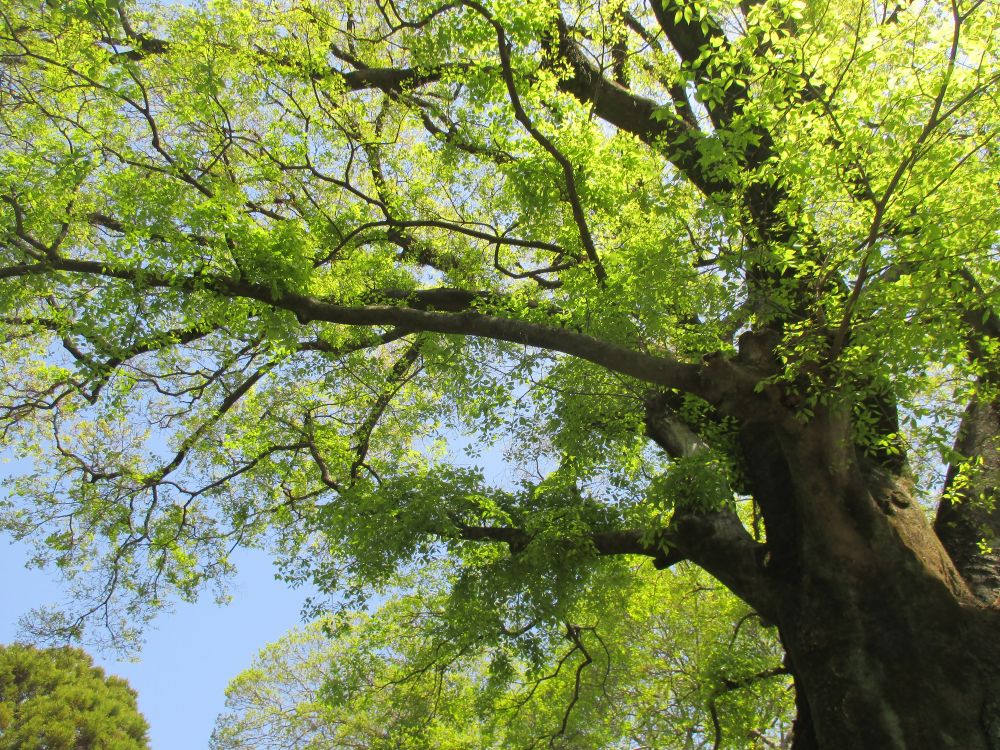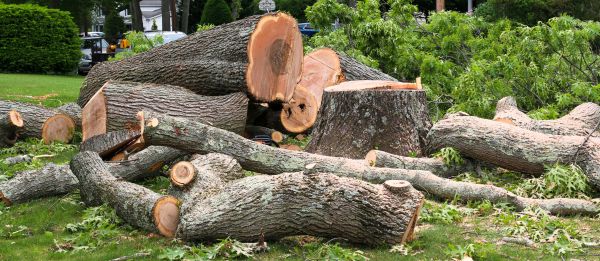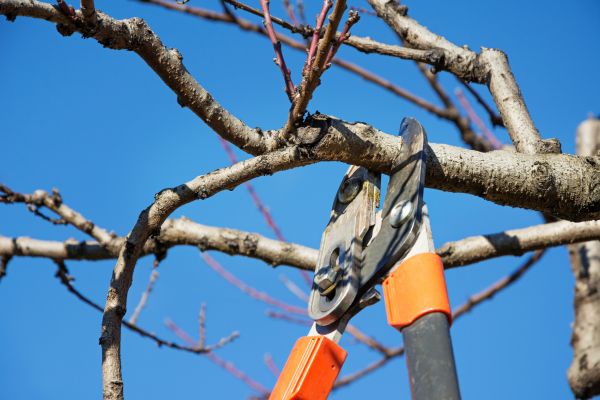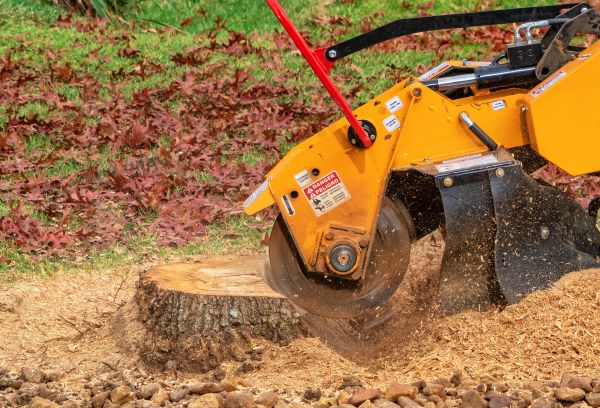Elm Tree Removal Service
Affordable Elm Tree Removal
Elm tree removal is a crucial service that ensures the health and safety of both residential and commercial landscapes. Elm trees, while majestic and valuable for their shade and aesthetic appeal, can become hazardous when affected by diseases such as Dutch elm disease. This fungal infection can rapidly spread, weakening the structural integrity of the tree and posing significant risks to surrounding property and people. Removing infected or compromised elm trees not only prevents potential accidents but also helps in preserving the overall health of the local ecosystem by preventing the spread of disease to other trees.
Benefits of Elm Tree Removal
-
Prevention of Disease Spread
Removing infected elm trees curtails the spread of diseases like Dutch elm disease. This proactive measure protects other healthy trees in the vicinity, maintaining the ecological balance and preventing widespread tree loss. -
Enhanced Safety
Diseased or weakened elm trees can pose serious safety hazards, especially during storms or high winds. Removing these trees reduces the risk of branches or entire trees falling, protecting people and property from potential harm. -
Improved Aesthetic and Property Value
Dead or dying trees can be unsightly and detract from the overall appearance of a property. Removing them enhances the landscape's visual appeal and can potentially increase property value by ensuring a well-maintained and safe environment. -
Space for New Growth
Removing an unhealthy elm tree opens up space for planting new, healthy trees. This not only rejuvenates the landscape but also allows for the introduction of diverse tree species that can enrich the local environment.
FAQs About Elm Tree Removal
What is the best time of year to remove an elm tree?
The ideal time for elm tree removal is during the dormant season, typically in late fall or winter. This minimizes the impact on surrounding vegetation and reduces the risk of disease spread.
How can I tell if my elm tree needs to be removed?
Signs that an elm tree may need removal include visible disease symptoms, such as wilting leaves, bark splitting, or the presence of fungal growth. If in doubt, a professional assessment can provide clarity.
Are there alternatives to removing an elm tree?
In some cases, treatment options may be available for diseased trees. However, if the tree poses a significant risk or if treatment is not viable, removal is often the safest option.
What happens to the wood after an elm tree is removed?
The wood from a removed elm tree can be repurposed for various uses, such as firewood or mulch. Disposal options can be discussed during the removal process.
Fill out the contact form to request Elm Tree Removal today and enjoy the benefits of a healthier, safer, and more aesthetically pleasing landscape with professional Elm Tree Removal services.




